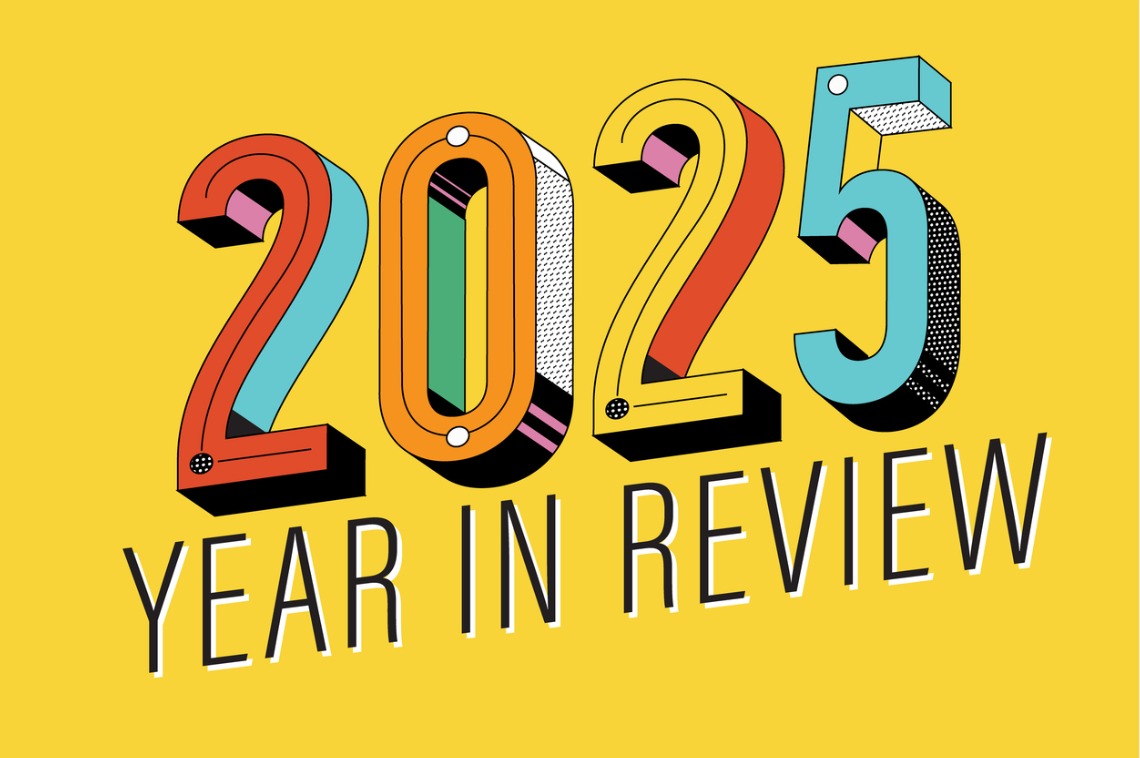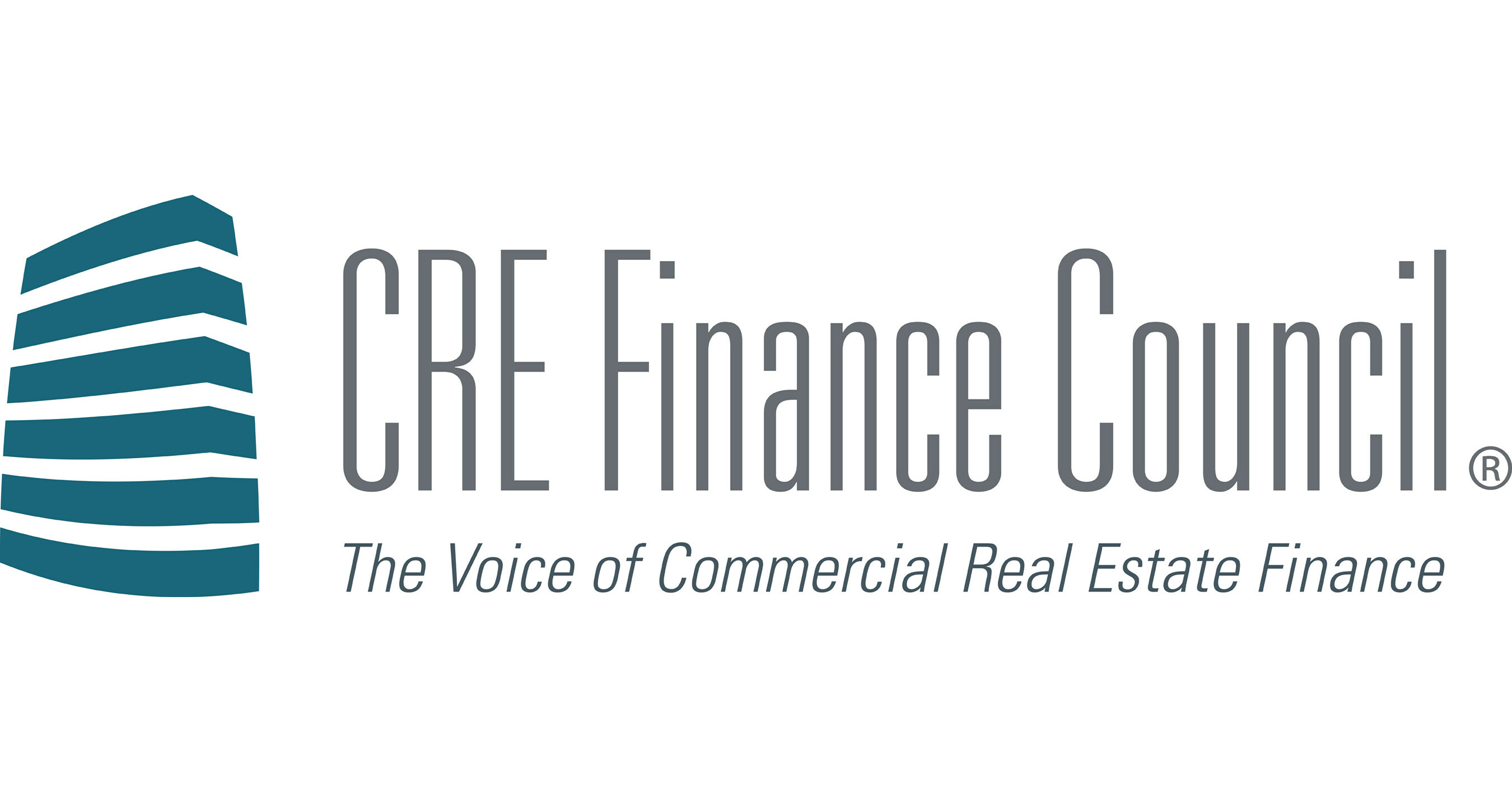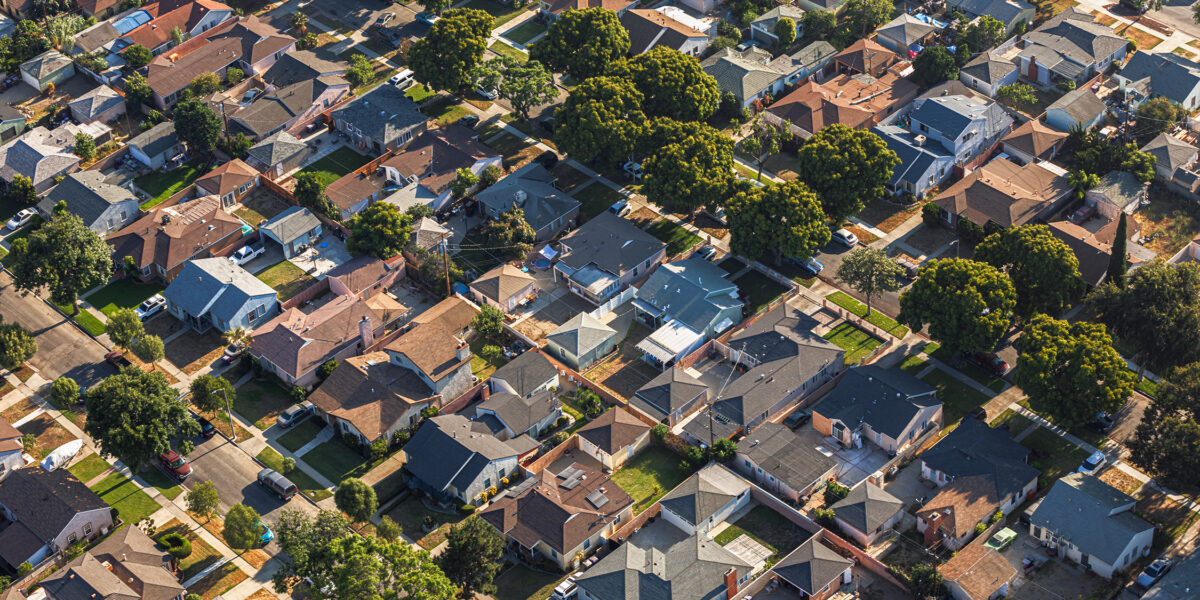M
ortgage affordability improved for the fourth straight month in August, driven by lower rates and higher incomes, the Mortgage Bankers Association (MBA) reports. The Purchase Applications Payment Index (PAPI) slipped 1.2% to 157.5 from 159.4 in July, indicating borrowers now spend a smaller share of their earnings on mortgage payments.
Median monthly payments fell to $2,100 in August, a $27 drop from July, yet remain $43 above the 12‑month‑ago level—a 2.1% yearly rise. Meanwhile, median earnings climbed 3.2% year over year, giving affordability a 1.1% boost versus August 2024.
“Four consecutive months of easing affordability, thanks to lower rates and stronger income growth, are expanding buyers’ purchasing power,” said Edward Seiler, MBA’s associate vice president for housing economics. “We expect continued moderation in home‑price gains and further rate declines to keep affordability gains and market activity on track.”
Lower‑income borrowers also benefited. The 25th‑percentile median payment dropped to $1,445 from $1,468 in July. The Builders’ Purchase Application Payment Index showed a similar trend, with the median new‑home mortgage payment falling to $2,210 from $2,233.
Loan‑type trends: FHA applicants’ median payment edged down to $1,863 from $1,865, up from $1,817 a year earlier. Conventional borrowers saw a decline to $2,112 from $2,160, up from $2,056 in August 2024.
Affordability gains were seen across racial and ethnic groups: Black households’ PAPI fell to 156.9 from 158.9; Hispanic households to 146.6 from 148.5; White households to 158.5 from 160.5.
Regional pressure levels: Idaho 256.5, Nevada 241.9, Arizona 214.0, Rhode Island 208.3, Utah 205.0. Most affordable states: Alaska 115.1, Louisiana 115.3, Washington, D.C. 117.2, Connecticut 121.7, New York 123.6.















